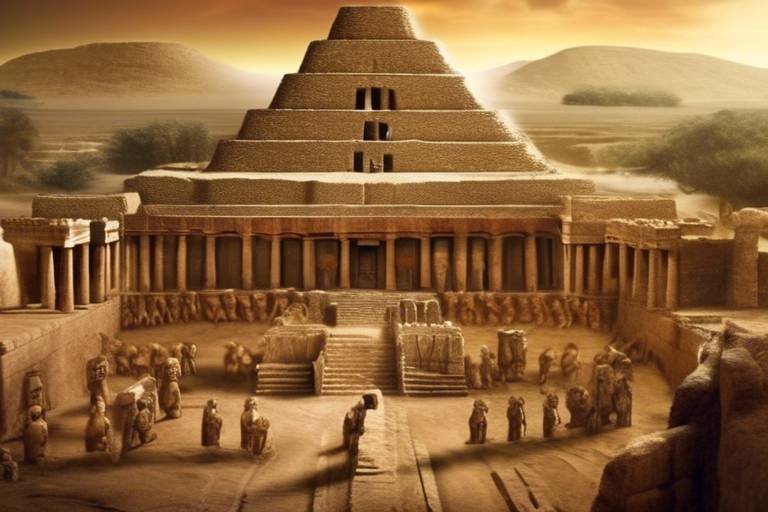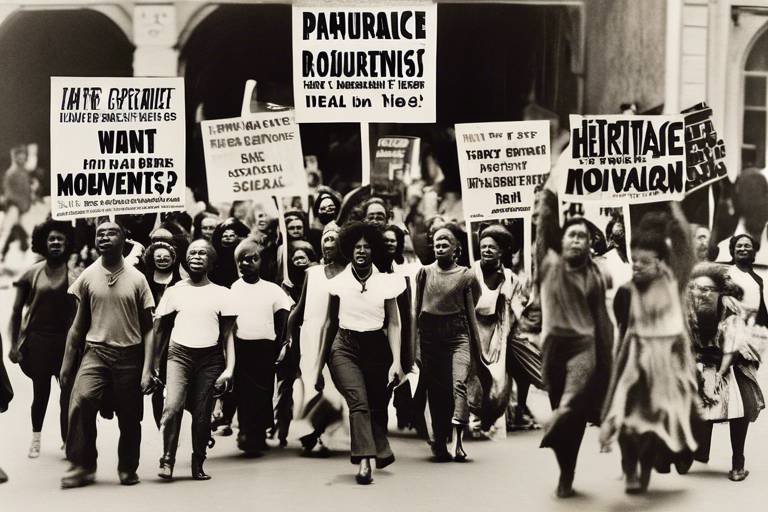The Legacy of the Spanish Conquistadors
When we delve into the legacy of the Spanish conquistadors, we uncover a tapestry woven with threads of conquest, assimilation, and cultural exchange. The impact of these explorers reverberates through time, shaping the very fabric of regions they colonized. From the bustling streets of South and Central America to the tranquil shores of the Caribbean, the Spanish conquistadors left an indelible mark on history.
One of the most profound consequences of the Spanish conquest was its effect on the indigenous peoples of the Americas. Forced to adapt to new ways of life, many indigenous populations faced cultural assimilation, leading to the erosion of traditional practices and beliefs. The introduction of foreign diseases further decimated these communities, forever altering their societal structures.
Amidst the ruins of ancient civilizations, the architectural influence of the Spanish conquistadors stands tall. Cathedrals with towering spires, forts guarding strategic positions, and colonial buildings exuding grandeur are testaments to a bygone era. These structures not only serve as physical reminders of the past but also as symbols of power and authority.
Religion played a pivotal role in the conquest, as the Spanish sought to spread Christianity to the newly conquered territories. Missionaries worked tirelessly to convert the indigenous populations, establishing churches and religious institutions that still stand today. The echoes of religious fervor can be heard in the hymns sung and prayers whispered within these sacred walls.
However, not all legacies are benevolent, as the economic exploitation wrought by Spanish colonization cannot be ignored. The extraction of resources, implementation of forced labor systems, and establishment of trade networks fueled the coffers of empire but at a great cost to the indigenous peoples. The scars of exploitation run deep, leaving a legacy of inequality and injustice.
Despite the tumultuous history, a cultural exchange took place between the Spanish conquistadors and the indigenous populations. Languages intertwined, traditions merged, giving rise to new forms of expression and identity. The artistic contributions of this fusion are evident in the paintings, sculptures, and visual art that blend European aesthetics with indigenous motifs.
As we navigate the complexities of modern perceptions, debates on the legacy of the Spanish conquistadors continue to rage. Questions of historical accuracy, calls for reparations, and efforts towards cultural heritage preservation shape the discourse surrounding this contentious legacy. The past collides with the present, demanding a reckoning with the ghosts of conquest.
Through the lens of tourism, the legacy of the Spanish conquistadors finds new life in heritage sites and museums. Visitors flock to these historical landmarks, seeking to uncover the stories of the past and pay homage to the enduring impact of those who came before. Tourism becomes a bridge between worlds, connecting the present to a past fraught with triumphs and tragedies.

Impact on Indigenous Peoples
When the Spanish conquistadors arrived in the lands of the indigenous peoples, their impact was profound and far-reaching. The consequences of Spanish conquest on the indigenous populations were immense, leading to significant changes in culture, traditions, and ways of life. The process of cultural assimilation was set in motion, as the indigenous peoples were exposed to Spanish customs, language, and religion. This resulted in the loss of many traditional practices and beliefs, as the indigenous populations were forced to adapt to the new societal norms imposed by the conquistadors.
Moreover, the introduction of new diseases by the Spanish conquistadors had devastating effects on the indigenous peoples. Diseases such as smallpox, measles, and influenza, to which the indigenous populations had no immunity, spread rapidly and decimated entire communities. The lack of resistance to these diseases led to a staggering loss of life among the indigenous peoples, further exacerbating the impact of Spanish conquest on their societies.
Overall, the Spanish conquest had a profound and lasting impact on the indigenous peoples, shaping their cultural identity, societal structures, and historical trajectory in ways that continue to resonate to this day.

Architectural Influence
When delving into the of the Spanish conquistadors, one cannot help but marvel at the lasting impact they left on the landscapes of the regions they colonized. The grandeur of their architectural feats continues to stand as a testament to their presence and influence in areas such as South and Central America, the Caribbean, and parts of North America.
One of the most prominent architectural legacies of the Spanish conquistadors is the construction of cathedrals and churches that still grace the skylines of many cities today. These imposing structures, often blending European and indigenous architectural styles, serve as symbols of both religious devotion and colonial power.
In addition to religious buildings, the Spanish conquistadors also erected forts and fortresses to protect their newly acquired territories. These defensive structures, strategically positioned in key locations, played a crucial role in securing Spanish dominance in the region.
The colonial buildings left behind by the Spanish conquistadors are another architectural marvel that showcases their influence on the urban landscapes of former colonies. From government buildings to residential mansions, these structures reflect the fusion of Spanish and local design elements, creating a unique architectural heritage.
Moreover, the layout of many cities in Latin America bears the imprint of Spanish urban planning, with central plazas, grid-like street patterns, and public buildings serving as reminders of the colonial past. The Spanish conquistadors not only shaped the physical environment but also influenced the social and cultural fabric of the societies they conquered.

Religious Conversion
Religious conversion was a fundamental aspect of the Spanish conquistadors' mission as they expanded their empire across the Americas. The arrival of the conquistadors heralded a new era of religious influence, with Christianity becoming a dominant force in the newly conquered territories. The conversion process was often coercive, with indigenous populations facing pressure to abandon their traditional beliefs and practices in favor of Christianity.
The establishment of missions played a crucial role in religious conversion, serving as centers for spreading the Christian faith and assimilating indigenous peoples into European religious practices. These missions not only served as places of worship but also as educational centers where indigenous populations were taught the tenets of Christianity.
One of the key objectives of religious conversion was to eradicate indigenous religions and spiritual practices, viewing them as pagan and heretical. This led to the suppression of traditional ceremonies, rituals, and beliefs, further accelerating the process of cultural assimilation.
Despite the coercive nature of religious conversion, it also sparked a cultural exchange between the Spanish conquistadors and the indigenous populations. This exchange resulted in the syncretism of Christian beliefs with indigenous traditions, giving rise to unique religious practices that blended elements of both cultures.
Religious conversion by the Spanish conquistadors had a profound and lasting impact on the spiritual landscape of the Americas, shaping the religious identities of the region's inhabitants for centuries to come.

Economic Exploitation
When delving into the legacy of the Spanish conquistadors, one cannot ignore the significant impact of economic exploitation on the regions they colonized. The quest for wealth and power drove the Spanish to exploit the abundant resources of the New World, leading to profound consequences for both the indigenous populations and the land itself. The extraction of precious metals such as gold and silver became a central focus of Spanish colonization, fueling the empire's economic growth but also resulting in the depletion of natural resources and environmental degradation.
Furthermore, the Spanish conquistadors implemented forced labor systems, such as the encomienda system, which subjected indigenous peoples to harsh working conditions in mines, plantations, and other industries. This exploitative labor system not only led to widespread suffering and loss of life among the native populations but also contributed to the perpetuation of social inequality and economic disparity in the colonized territories.
In addition to resource extraction and forced labor, the Spanish established trade networks that further facilitated economic exploitation. The introduction of mercantilist policies aimed at maximizing profits for the Spanish crown resulted in the monopolization of trade and the subjugation of local economies to the interests of the colonial power. Indigenous artisans and producers were often marginalized in favor of Spanish merchants, leading to the erosion of traditional economic structures and the loss of economic autonomy for native communities.
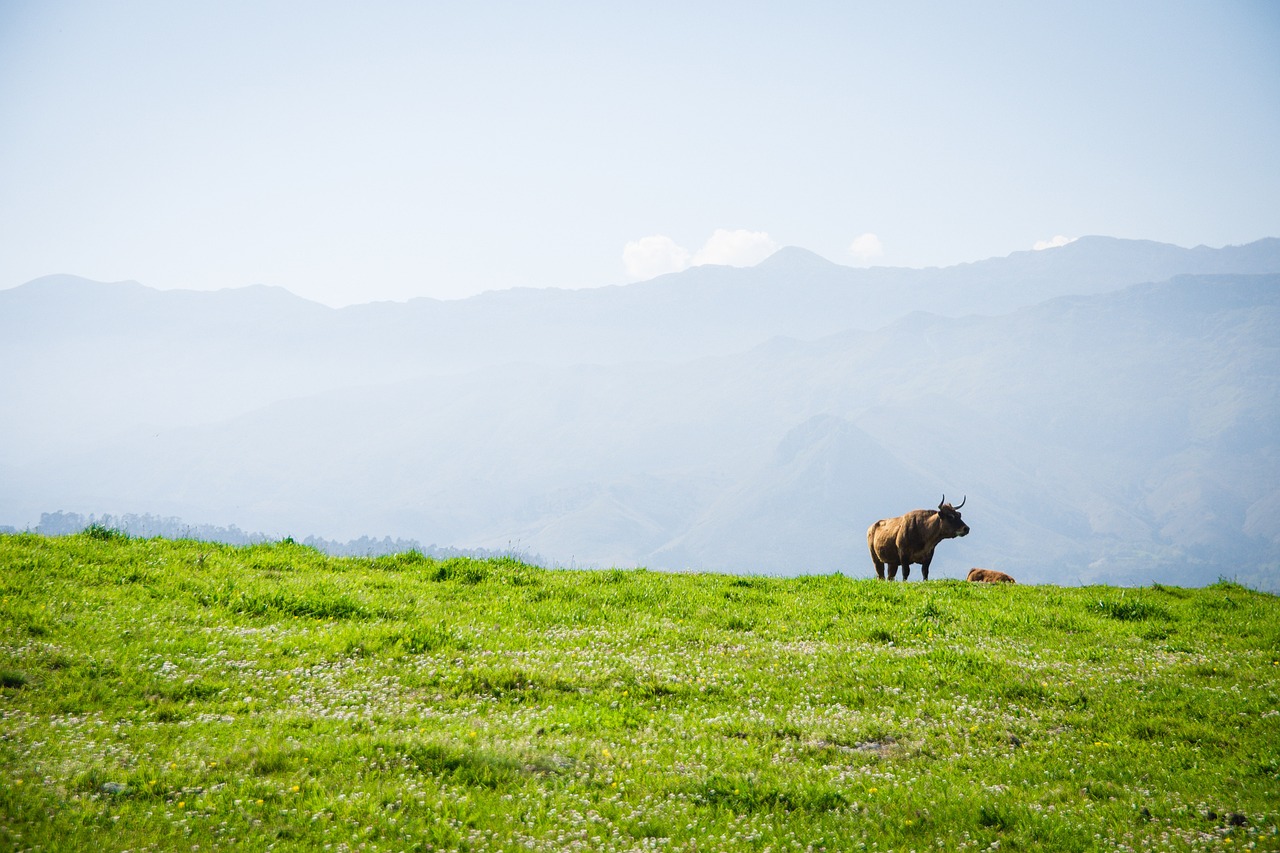
Language and Cultural Exchange
When discussing the legacy of the Spanish conquistadors, one cannot overlook the profound impact they had on language and cultural exchange in the regions they colonized. The interaction between the Spanish colonizers and the indigenous populations led to a complex fusion of traditions, beliefs, and languages. Through a process of cultural syncretism, elements of both Spanish and indigenous cultures intertwined, giving rise to unique expressions of art, music, and language.
One notable outcome of this exchange was the emergence of new languages known as creole languages. These languages evolved from the blending of Spanish with indigenous languages, creating a distinct linguistic identity that continues to be spoken in various regions today. The development of creole languages not only reflects the historical encounter between different cultures but also serves as a testament to the resilience and adaptability of communities in the face of colonization.
Moreover, the cultural exchange between the Spanish conquistadors and the indigenous peoples resulted in the sharing of artistic techniques and traditions. Visual arts, such as painting and sculpture, became a medium through which European and indigenous aesthetics converged, producing unique artistic expressions that reflected the cultural diversity of the colonial societies.
Additionally, the introduction of Catholicism by the Spanish conquistadors played a significant role in shaping the religious beliefs and practices of the indigenous populations. The blending of indigenous spiritual beliefs with Catholic rituals gave rise to syncretic forms of worship, where traditional ceremonies and symbols were infused with Christian elements.
Overall, the language and cultural exchange between the Spanish conquistadors and the indigenous peoples not only transformed the linguistic landscape of the colonized regions but also enriched the cultural tapestry of these societies. The legacy of this exchange continues to resonate in modern-day expressions of art, language, and identity, serving as a reminder of the enduring impact of colonial encounters on cultural evolution.
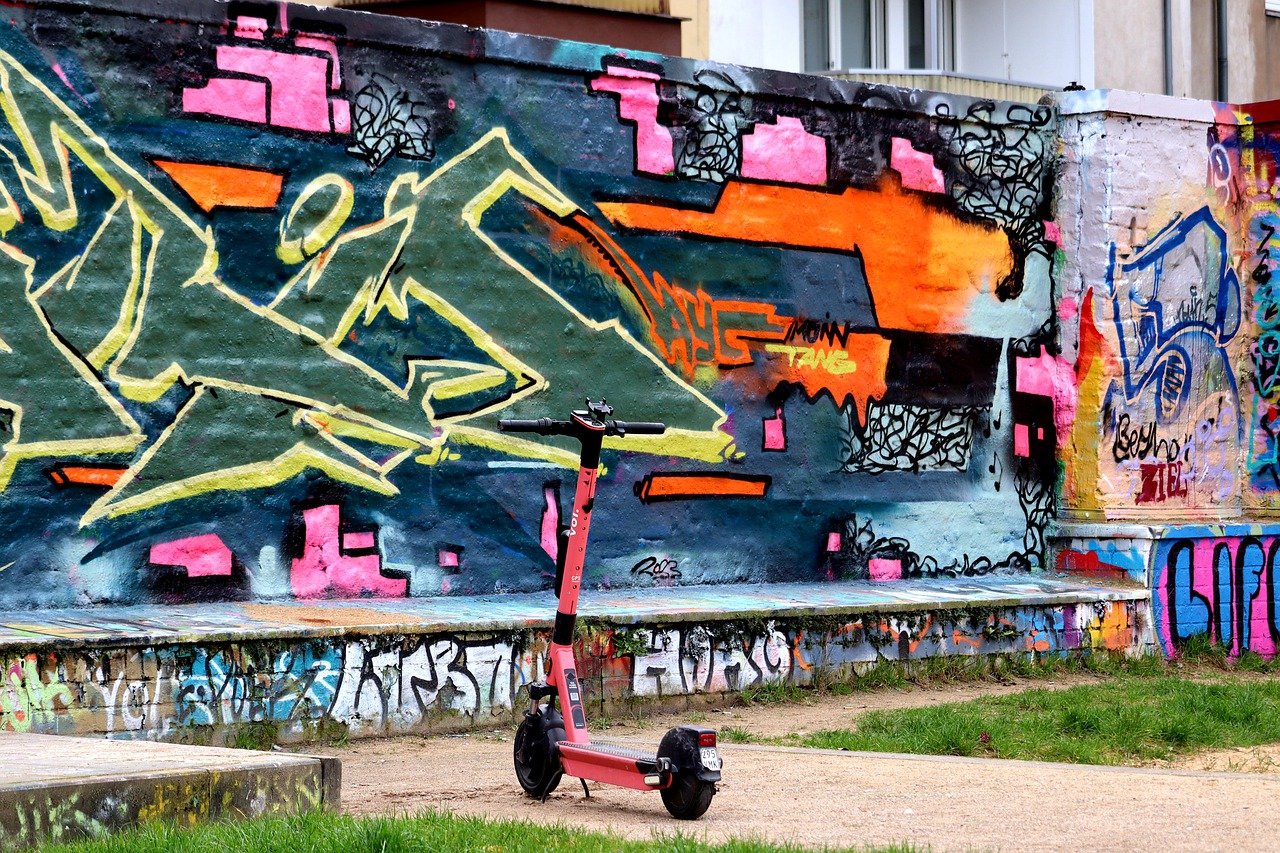
Artistic Contributions
The of the Spanish conquistadors during their colonization of various regions have left a lasting impact on the cultural landscape. Through a fusion of European artistic styles and indigenous traditions, the conquistadors produced a rich array of artworks that reflected the diversity and complexity of the time.
One notable aspect of the artistic legacy is the merging of European and indigenous artistic techniques to create unique visual expressions. Paintings from this period often depicted religious themes with a blend of European realism and indigenous symbolism, showcasing a harmonious yet complex cultural exchange.
Additionally, sculptures crafted by Spanish artists incorporated elements of indigenous craftsmanship, resulting in intricate pieces that reflected a synthesis of cultures. These sculptures not only served religious purposes but also became symbols of the cultural blending that occurred during the conquest.
The architectural achievements of the Spanish conquistadors also played a significant role in shaping the artistic landscape of the colonized regions. Magnificent cathedrals, adorned with intricate carvings and decorations, stand as a testament to the blend of European Baroque architecture and indigenous motifs.
Furthermore, the Spanish conquistadors' artistic contributions extended beyond traditional forms of art to include manuscript illuminations and codices that documented the history and culture of the indigenous populations. These manuscripts served as valuable records of the time, capturing the visual language of both worlds in a single medium.
In essence, the of the Spanish conquistadors represent a unique chapter in the history of cultural exchange and artistic innovation. By bridging the gap between European and indigenous artistic traditions, these artworks continue to captivate and inspire viewers, offering a glimpse into a complex and vibrant era of history.

Modern Perceptions and Reckonings
Modern Perceptions and Reckonings surrounding the legacy of the Spanish conquistadors are complex and multifaceted. As societies grapple with the consequences of colonization, there is a growing awareness of the need to reevaluate historical narratives and acknowledge the impact of past injustices. The debate over how to interpret and commemorate the legacy of the conquistadors has sparked discussions on issues of cultural heritage, reparations, and historical memory.
One aspect of modern perceptions involves the reexamination of traditional narratives that glorified the conquest and colonization efforts of the Spanish. Many historians and scholars now emphasize the voices and experiences of the indigenous peoples who were marginalized and oppressed during this period. By centering these perspectives, a more nuanced understanding of history emerges, challenging previous interpretations and fostering a more inclusive dialogue.
Furthermore, there is a growing call for reparations and acknowledgment of the lasting impact of Spanish colonization on indigenous communities. Efforts to address historical injustices, promote cultural preservation, and support indigenous rights have gained momentum in recent years. Initiatives aimed at restitution, education, and cultural revitalization seek to rectify past wrongs and promote healing and reconciliation.
Contemporary societies also grapple with the commodification of the conquistadors' legacy through tourism and heritage sites. While these sites attract visitors and contribute to local economies, questions arise about the ethical implications of profiting from a history marked by violence and exploitation. Balancing the preservation of cultural heritage with responsible tourism practices remains a key challenge for communities seeking to honor their past while moving towards a more equitable future.
In conclusion, modern perceptions and reckonings regarding the legacy of the Spanish conquistadors reflect a broader societal shift towards recognizing and addressing historical injustices. By engaging in critical dialogue, promoting cultural exchange, and advocating for social justice, communities can navigate the complexities of their shared history and forge a path towards a more inclusive and equitable future.
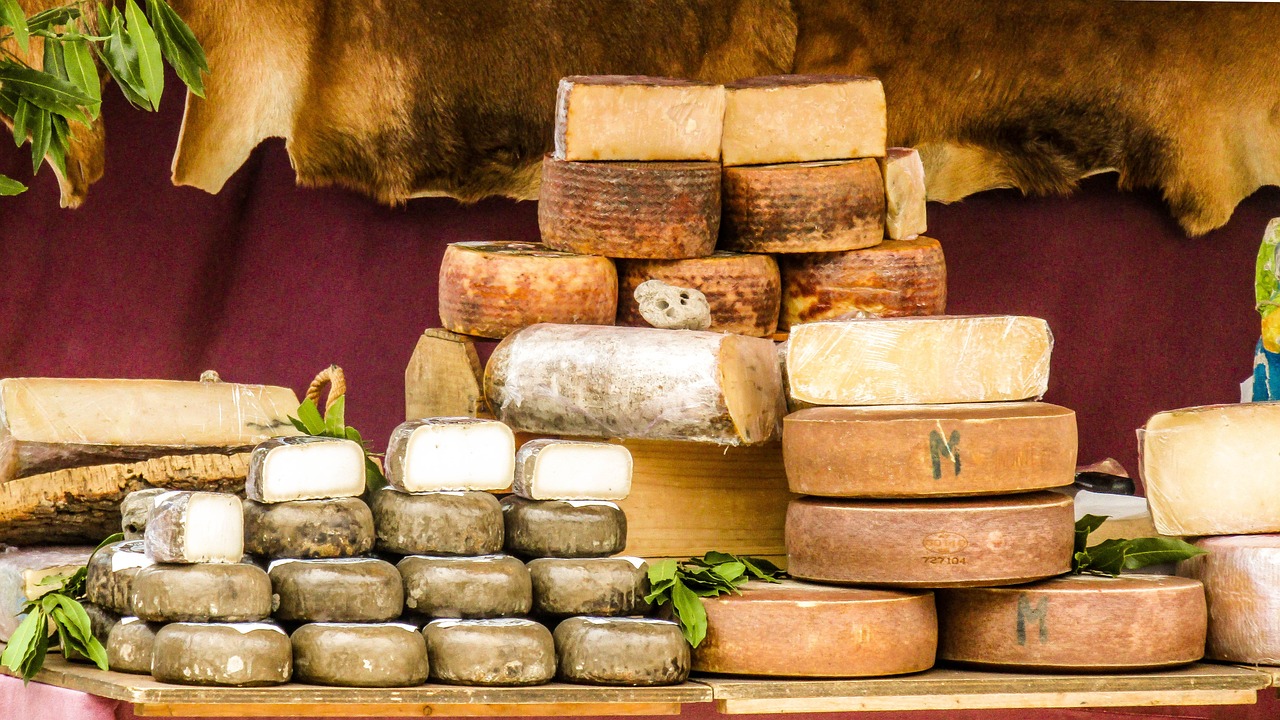
Tourism and Heritage Sites
Tourism plays a significant role in preserving and promoting the legacy of the Spanish conquistadors through visits to historical sites and museums. Travelers from around the world are drawn to the remnants of Spanish colonial architecture and the rich history that these sites encapsulate. The allure of exploring cathedrals, forts, and colonial buildings that date back centuries provides a tangible connection to the past and allows visitors to immerse themselves in the cultural heritage left by the conquistadors.
Heritage sites, carefully preserved and maintained, offer a glimpse into the architectural prowess and artistic influences of the Spanish conquerors. These sites serve as living testaments to the past, inviting visitors to walk in the footsteps of history and witness firsthand the grandeur and complexity of the colonial era. Museums dedicated to showcasing artifacts and artworks from the conquistador period further enhance the tourism experience by providing context and depth to the historical narrative.
Exploring these heritage sites not only educates visitors about the impact of Spanish colonization but also sparks discussions about the complexities of history and cultural heritage preservation. By engaging with the tangible remnants of the past, tourists can gain a deeper understanding of the challenges and triumphs that shaped the regions once dominated by the Spanish conquistadors.
Frequently Asked Questions
- What was the impact of the Spanish conquistadors on indigenous peoples?
The Spanish conquistadors had a significant impact on indigenous populations through cultural assimilation, loss of traditions, and the introduction of new diseases.
- What is the architectural legacy left by the Spanish conquistadors?
The architectural legacy includes cathedrals, forts, and colonial buildings that still stand in various countries today, showcasing their influence on the built environment.
- How did the Spanish conquistadors contribute to economic exploitation?
Spanish colonization involved the extraction of resources, forced labor systems, and the establishment of trade networks, leading to economic exploitation in the conquered territories.
- What role did religious conversion play in the Spanish conquest?
The Spanish conquistadors played a key role in spreading Christianity and establishing missions in the newly conquered territories, influencing the religious landscape of the region.
- How did the linguistic and cultural exchange between the Spanish conquistadors and indigenous populations shape new traditions?
The exchange led to the creation of new languages and traditions, blending European and indigenous elements to form unique cultural practices.
- What are some examples of the artistic contributions of the Spanish conquistadors?
The Spanish conquistadors made artistic contributions through paintings, sculptures, and other visual art forms that combined European and indigenous styles, leaving a lasting cultural impact.
- How do modern perspectives view the legacy of the Spanish conquistadors?
Contemporary perspectives vary on the legacy, sparking debates on historical narratives, reparations, and the preservation of cultural heritage associated with the conquest.
- What role does tourism play in preserving the legacy of the Spanish conquistadors?
Tourism contributes to the preservation and promotion of the legacy through visits to historical sites and museums, offering insights into the history and impact of the Spanish conquest.










